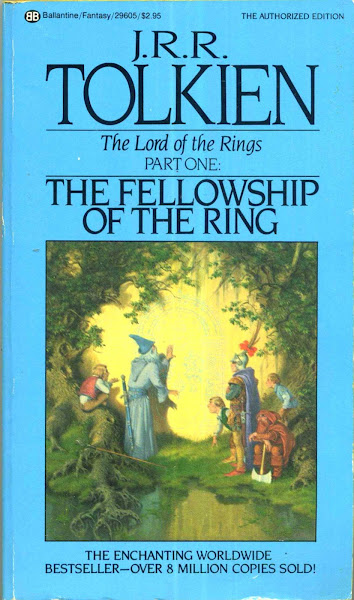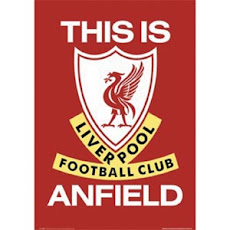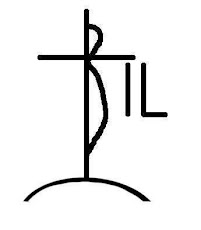This is something my editor at the Business Mirror -- Jun Lomibao -- wrote while on assignment at the World Cup (what a lucky guy). Love this!
JOHANNESBURG—The now legendary vuvuzela is no simple piece of instrument at all—unless one gets to master how to blow the horn to its full potential.
The South African instrument that has been creating the biggest noise in the 2010 World Cup —literally, that is—takes a lot of breath from the uninitiated.
Not only a lot of breath. The neophyte vuvuzela blower will find himself dazed after trying so hard to create that booming horn sound typical of a train passing through a level crossing or a trailer truck coming out of Port Area in Manila back home. Sometimes, it could be mistaken for a ship making a call in a port somewhere.
The vuvuzela is a plastic instrument, a horn, that is a little over 2 feet in length. When blown, it produces a loud, distinctive monotone sound.
Traditionally made and inspired from a kudu (a specie of antelope) horn, the vuvuzela was used to summon distant villagers to attend community gatherings. The vuvuzela is most used at football matches in South Africa, and it has become a symbol of South African soccer as the stadiums are filled with its loud and raucous sound that reflects the exhilaration of supporters.
In the 2010 World Cup, the vuvuzela comes in only one form or mold. However, the creativeness and fondness for colors of the South Africans has resulted to different looks of the vuvuzela. One has all the flags of the 32 countries competing in the World Cup. Another represents the host South Africa colors. Rabid fans of the competing countries also could pick a design that has their national colors or flags. A more imaginative mind wrapped a vuvuzela with colorful African beads
The vuvuzela sells at varying prices, and it all depends on how one has mastered the art and technique of bargaining.
At the glitzy Melrose Piazza, a vuvuzela wrapped in South Africa’s colors or the flags of the 32 2010 World Cup countries cost 100 rand (roughly P700) each. There’s no bargaining at Melrose, of course.
At the Chameleon Plaza which is about a hundred kilometers north of Joburg on the way to Sun City, vendors peg it at 120 rand at the most.
Some tourists say they got theirs for 30 rand, others at 40, but being a stranger in Joburg—with nary the heart to stray into so-called dangerous territory—one would have to settle for the best bargain ever within his reach.
Just the same, the vuvuzela has one distinct character, one unique personality that made it a hit—and earlier a bane—in the World Cup.
But the vuvuzela is easier heard than blown, so to speak.
Unless you learn the technique, which a South African or any of the initiated tourists would generously teach, of blowing it to its full potential, all you get would be, you guessed it right, a dud.
Peeping into the vuvuzela makes one wonder how it works. There are no valves typical of a wind instrument. It’s actually like a telescope, only it’s made of plastic and does not have those thick refracting and reflecting glasses.
What it does, actually, is it magnifies or amplifies what could be a monotone sound produced when one blows through it.
And how does one blow a vuvuzela?
Here’s a tip from a newly initiated vuvuzela fanatic. Press your lips together, as if tucking them in your mouth. Then press the mouth piece on your tucked lips then give out a little over mild blow—never mind if your saliva showers out of your mouth—and creating just a mild sound from the friction the outgoing air does between your lips.
You would be producing short but potentially loud sounds from the vuvuzela. Master it and you would get the sound that created the loudest noise in the World Cup where the favorites, only some of them though, were defeated by the buzz of the South African horn and teams which booked some of the most unforgettable upsets in World Cup history.
So would the vuvuzela fade after 2010 in South Africa then?
Not so fast. Brazil is host in 2014 and the South American country that has the most victories in World Cups with five has its own version of the South African vuvuzela—the corneta.
I can’t wait to hear that one.









No comments:
Post a Comment